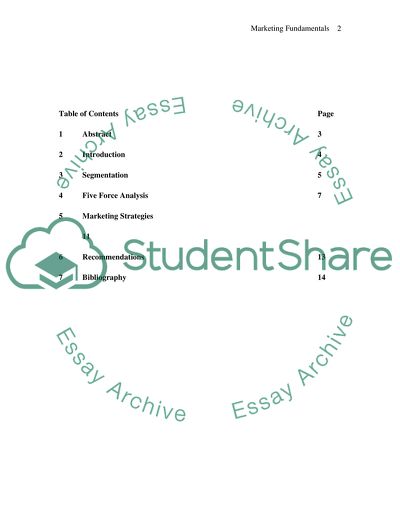Cite this document
(Marketing Fundamentals:Segmentation and Marketing Strategies of Atlas Case Study, n.d.)
Marketing Fundamentals:Segmentation and Marketing Strategies of Atlas Case Study. Retrieved from https://studentshare.org/marketing/1710276-marketing-fundamentals-report-regarding-segmentation-etc
Marketing Fundamentals:Segmentation and Marketing Strategies of Atlas Case Study. Retrieved from https://studentshare.org/marketing/1710276-marketing-fundamentals-report-regarding-segmentation-etc
(Marketing Fundamentals:Segmentation and Marketing Strategies of Atlas Case Study)
Marketing Fundamentals:Segmentation and Marketing Strategies of Atlas Case Study. https://studentshare.org/marketing/1710276-marketing-fundamentals-report-regarding-segmentation-etc.
Marketing Fundamentals:Segmentation and Marketing Strategies of Atlas Case Study. https://studentshare.org/marketing/1710276-marketing-fundamentals-report-regarding-segmentation-etc.
“Marketing Fundamentals:Segmentation and Marketing Strategies of Atlas Case Study”, n.d. https://studentshare.org/marketing/1710276-marketing-fundamentals-report-regarding-segmentation-etc.


